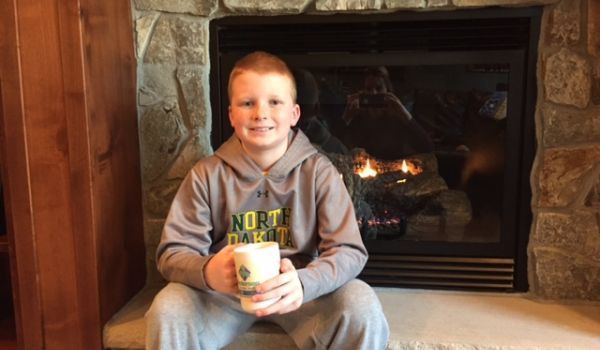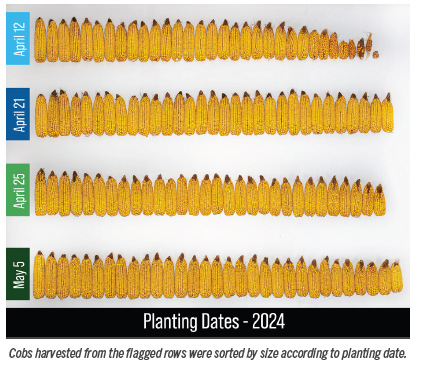The Value of Replicated vs. Side-By-Side Yield Data

On cold winter days, there is nothing better than sitting by the fire, enjoying a hot beverage, and reviewing yield data. Okay, maybe that’s just me and the other seed nerds in our industry. But if you fall into the group that enjoys looking through plot information, how do you know if you’re examining the right kind of “data”?
It’s common for companies or retailers to share results from their local or regional plots. Many of these plots are side-by-side strip trials, which are valuable for making agronomic notes and observations. What they are not valuable for, however, are yield comparisons, as yield is affected by too many variables (soil type, location, mechanical issues, etc.) within a small area. For this reason, side-by-side show plots are really only useful for evaluating physical differences between hybrids or varieties.
To prove this reality, last spring I planted an 8-entry plot on tiled soil at Peterson Farms Seed. The 12-row, 1100’ strips were planted at exactly the same time and were handled in exactly the same way. And even though all entries were the exact same hybrid, the yield results ranged from 158–173 bushels per acre! This proves the variability of soil in just one field, and shows how genetic differences can be masked by environmental changes in the soil.
It’s critical to note that the more entries in a plot, the less valuable the “data” will be. Your chance of finding the best hybrid or variety in a plot with two entries is 52%; in a plot with four entries, that percentage drops to 33%; and in a plot with 10 or more entries, your chance of finding the best variety or hybrid is less than 15%.
While I can count on show plots to give me an idea on how a specific variety or hybrid looks and is performing in a specific area across the Peterson Farms Seed trade territory, I do not advise using show plot data in seed selection for next season.
When choosing a hybrid or variety, replicated research with multiple locations and multiple years of data is the only research you should consider. Replicated research includes university data as well as data from some seed companies, including Peterson Farms Seed. Single side-by-side trials never provide adequate data and should not be used in decision-making. This is also true when evaluating small plots–use only replicated data with multiple years and multiple locations.
The seed industry offers more choice and variation now than ever before. Take your time to evaluate all of your options and work with a seed supplier who knows your farm and knows his products’ genetics. Trust your seed supplier to find hybrids that use your fields’ specific characteristics to your advantage in maximizing yield.
And when you sit down by the fire with your hot beverage this winter, make sure you are consulting replicated research rather than being tempted by side-by-sides. I’m happy to discuss our replicated research with you. You bring the questions; I’ll bring the coffee.











